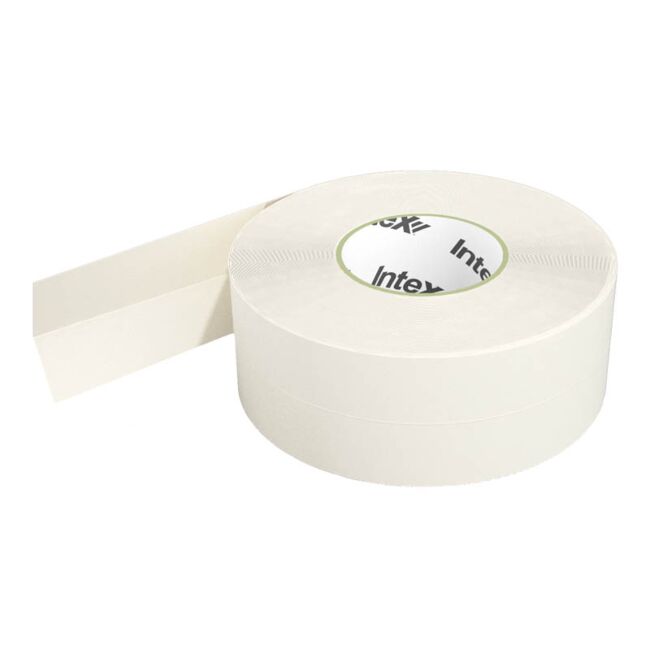Drywall sanding is just a critical part of achieving smooth, paint-ready walls. Whether you're finishing a new installment or get yourself ready for a renovation, using a drywall sander precisely can make most of the difference. Listed here is a guide to help you grasp the strategy and avoid popular mistakes.

Choose the Correct Form of Drywall Sander
You can find two main kinds of drywall sanders: guide and power sanders. Manual sanders are ideal for little places or touch-ups, while power sanders—especially post sanders or orbital models—are best for large surfaces. Select based on the measurement and complexity of your project.
Wear Correct Safety Equipment
Drywall dirt is quite fine and can irritate your eyes and lungs. Generally wear a dirt mask or respirator, protection glasses, and experiencing protection (if employing a energy sander). A long-sleeved shirt might help defend the skin from irritation as well.
Prepare the Region Before Sanding
Protect floors and nearby furniture with decline towels or plastic sheeting. Seal down the work area with plastic barriers to avoid dust from distributing through the house. Make sure that your drywall substance is totally dried before sanding.
Utilize the Correct Sandpaper Grit
Begin with a rougher grit (such as 100-120) for hard areas, then proceed to a greater resolution (150-180) for a simpler finish. Prevent overly rough grits, which could gouge the drywall and reverse your difficult work.
Mud in Mild, Even Strokes
When using an information sander, apply light, consistent pressure and sand in a round or back-and-forth motion. For energy sanders, let the device do the work—pushing too hard may harm the surface. Always keep the sander level from the wall to avoid creating unequal spots.
Make use of a Gentle to Spot Defects
Glow a bright function light or torch parallel to the wall surface to reveal ridges, bumps, or overlooked areas. That technique helps you see what needs more sanding before priming and painting.
Check and Modify Sandpaper Frequently

Worn-out sandpaper decreases performance and can keep marks. Check it often and replace as required to keep up a clean, even finish. Blocked sandpaper doesn't eliminate substance efficiently and can smear drywall mud.
Clean Up Extensively Following Sanding
After you're performed sanding, vacuum the region employing a shop vac with a HEPA filter. Wash down surfaces with a wet sponge or tack fabric to remove outstanding dirt before painting. That guarantees appropriate color adhesion and a flawless finish.
Conclusion
Employing a drywall sander precisely takes some patience and attention to detail. With the best methods, protective gear, and techniques, you can achieve clean, professional-looking walls which can be ready for color or wallpaper.
